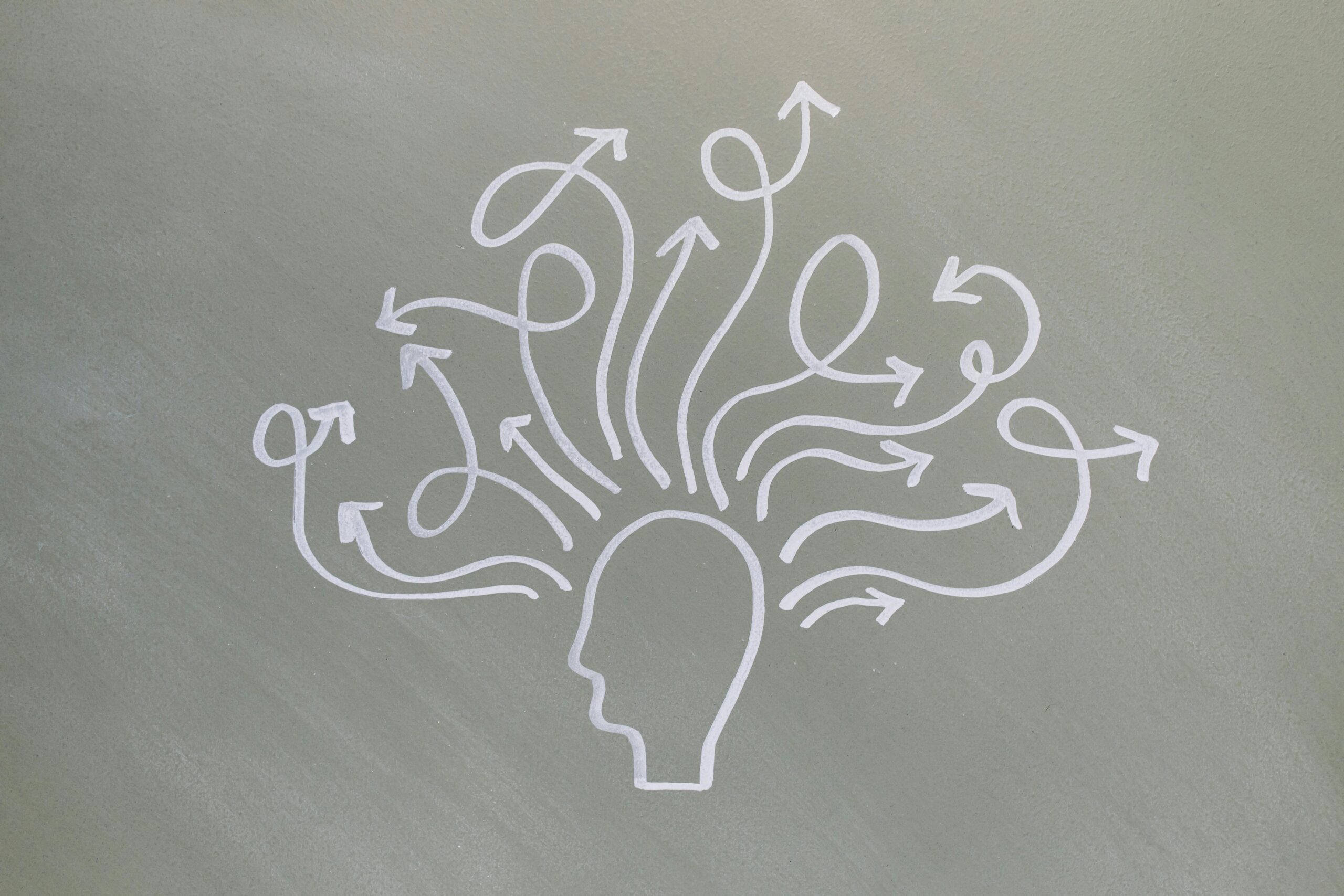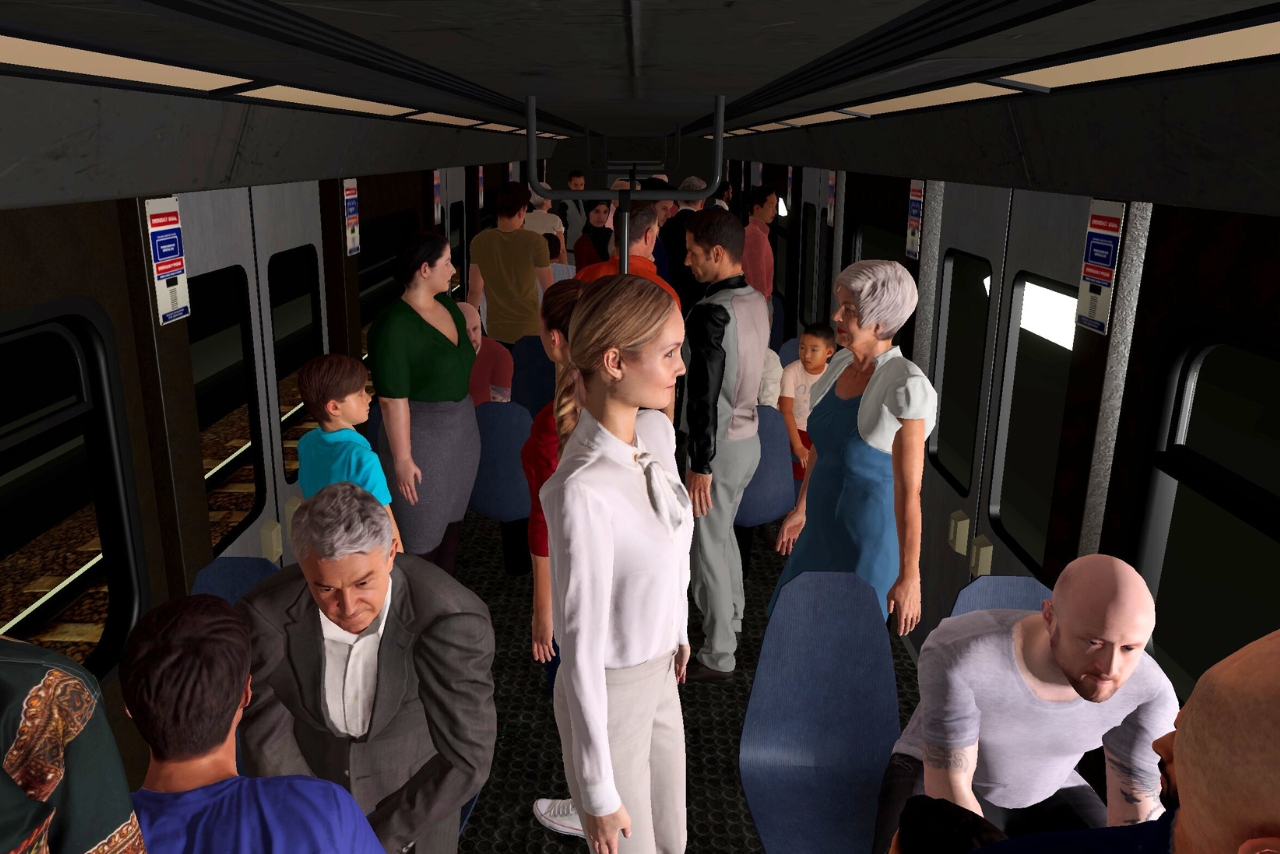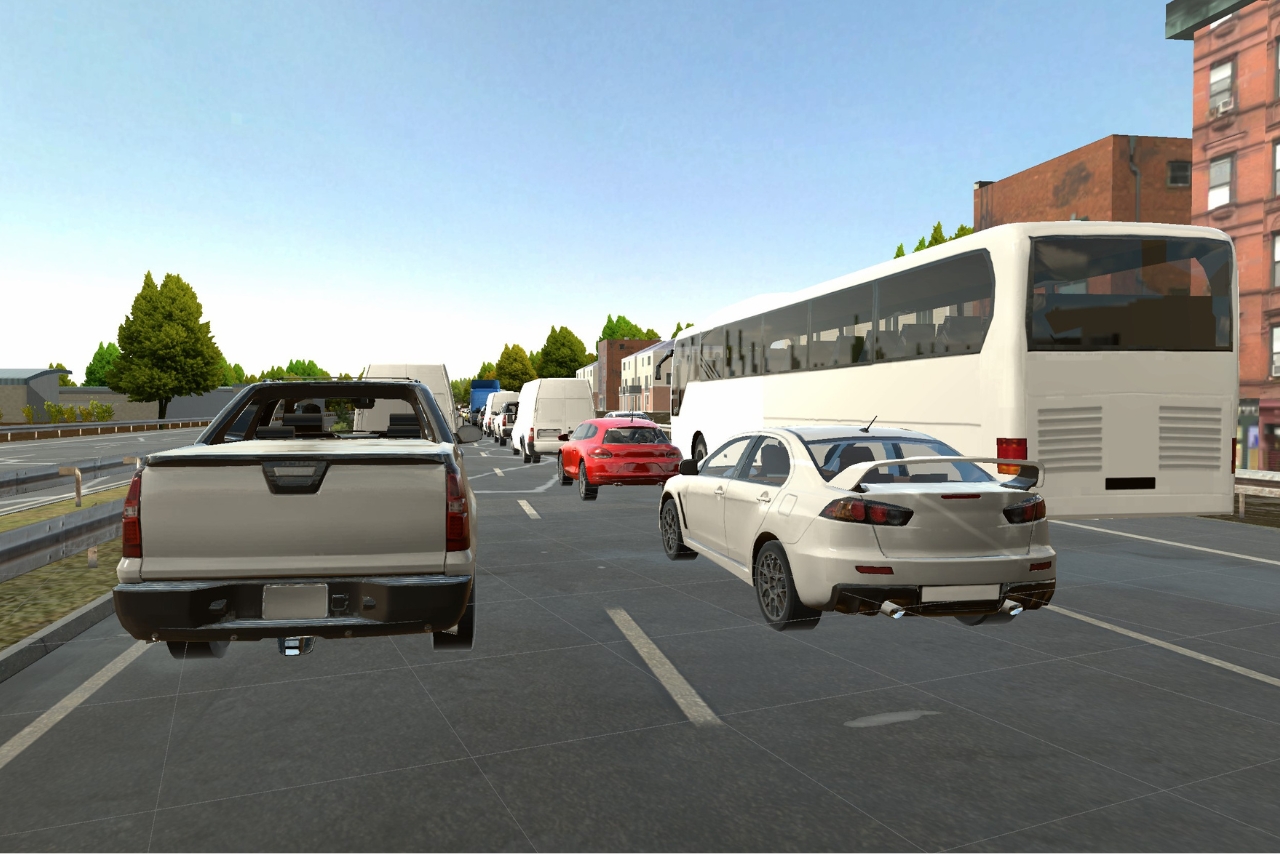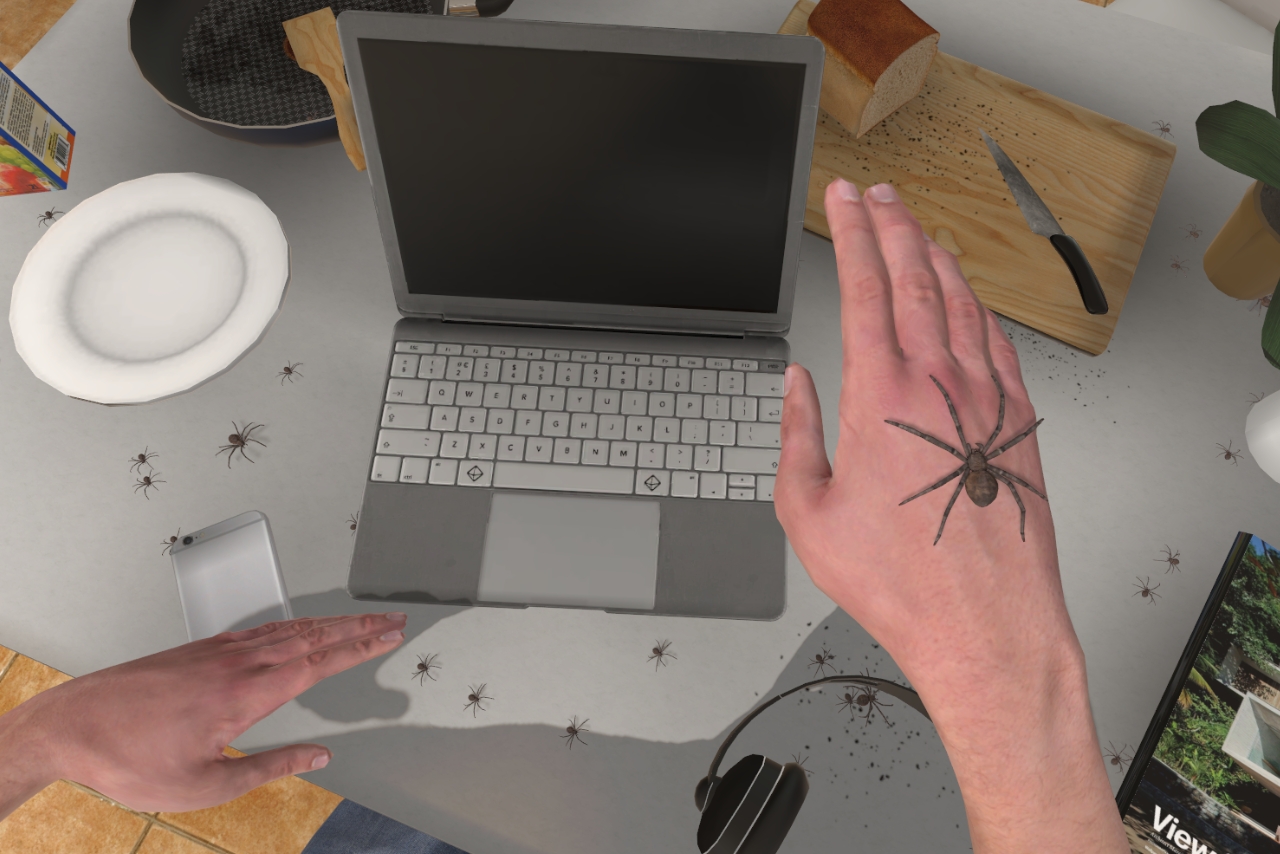RÉALITÉ AUGMENTÉE ET RÉALITÉ VIRTUELLE APPLICATION C2ADDICT
Les environnements virtuels C2Addict reproduisant des situations écologiques dans lesquels ont été placés des indices de craving (envie impérieuse de consommer/réaliser un comportement) vont permettre au patient de se confronter à ses difficultés.
Par l’exposition à l’objet et/ou indices de l’addiction, le thérapeute viendra travailler non seulement sur les processus cognitifs actifs (pensées permissives, croyances dysfonctionnelles) mais également sur le comportement problématique en leur octroyant les méthodes adéquates pour gérer leur addiction.
SOMMAIRE
ADDICTOLOGIE ET TERV : QU’EN DIT LA RECHERCHE SCIENTIFIQUE ?
Les thérapies in virtuo ont fait l’objet de nombreuses études sur leur efficacité dans le traitement en addictologie. Récemment, certains auteurs ont souligné l’intérêt de la réalité virtuelle et de la réalité augmentée par rapport à l’exposition par imagination : la réalité virtuelle et augmentée permettent de générer significativement plus de pensées automatiques dysfonctionnelles.
Cet outil présente une réelle pertinence clinique dans le travail de restructuration cognitive. Ces recherches démontrent également une efficacité égale à l’intensité du craving ressentie lors des expositions in virtuo en comparaison à celle in vivo. Il engendre un engagement thérapeutique supérieur par le biais des Thérapies par exposition à la réalité virtuelle.
Validées pour l’exposition à l’addiction au tabac, aux drogues, à l’alcool ainsi qu’aux jeux d’argent, les thérapies in virtuo bénéficient de résultats significatifs leur conférant un fort intérêt clinique.
C2ADDICT : UNE PRISE EN CHARGE COMPLÈTE DES ADDICTIONS
Grâce au réalisme des environnements, l’émergence des cognitions, émotions et comportements problématiques sous-tendant l’addiction sera réalisable en cabinet. Les stimuli liés à l’usage de la substance offriront la possibilité d’évaluer la sévérité du craving.
Les contextes écologiques permettront une exposition efficiente. En effet, l’exposition in virtuo permet de s’affranchir des limites éthiques et écologiques de l’exposition par imagination et in vivo en addictologie.
TRAITER LES ADDICTIONS EN RÉALITÉ VIRTUELLE OU EN RÉALITÉ AUGMENTÉE
La réalité virtuelle et très récemment la réalité augmentée nous ont permis de créer des environnements virtuels écologiques pour la prise en charge de l’addiction au tabac, à l’alcool, aux jeux d’argent et aux drogues.
Nous avons développé des contextes optimaux pour traiter les addictions in virtuo et permettre le transfert des bénéfices thérapeutiques dans la vie quotidienne de vos patients.
Les environnements ont été étudiés afin de susciter l’envie impérieuse de consommer (craving) chez le patient. Ils déclencheront les réponses cognitives, émotionnelles et comportementales identiques à celles subies par l’addiction dans leur quotidien.
C2Addict vous permettra d’exposer votre patient en toute sécurité et en toute confidentialité au sein de votre cabinet.
CIBLEZ LE CRAVING !
Nos environnements sont la résultante de la coopération entre notre équipe scientifique et des universitaires spécialisés dans l’addictologie.
Ainsi, ils ont été pensés et créés pour permettre l’évaluation, le traitement et la prévention des risques de rechute en mettant au premier plan le craving.
Différents contextes sont accessibles selon la pathologie ciblée : bar, domicile, casino. Des situations propices à l’émergence des pensées permissives sont proposées (attente, domicile, contextes sociaux) parmi lesquelles le patient pourra choisir les stimuli les plus générateurs de craving.
HEALTH PROFESSIONALS ?
Contact us right now for a demonstration
of our softwares and benefit of
30 DAY FREE TRIAL
LISTE DES ADDICTIONS TRAITÉES AVEC C2ADDICT:
Retrouvez les différents environnements disponibles selon la pathologie que vous souhaitez traiter.




